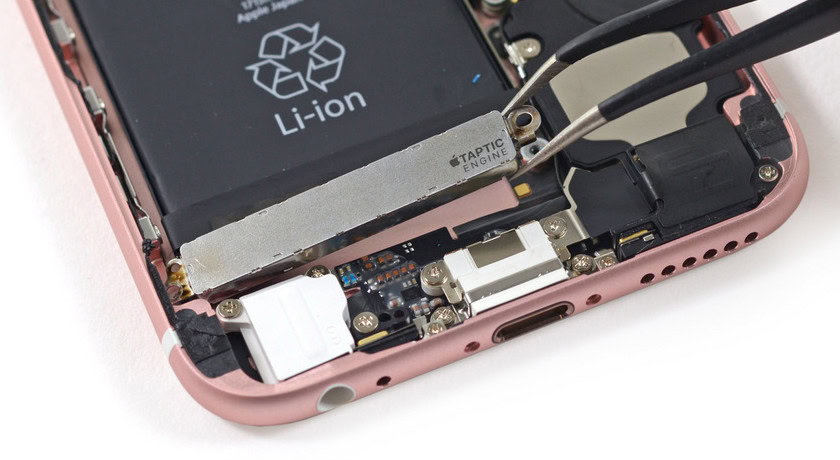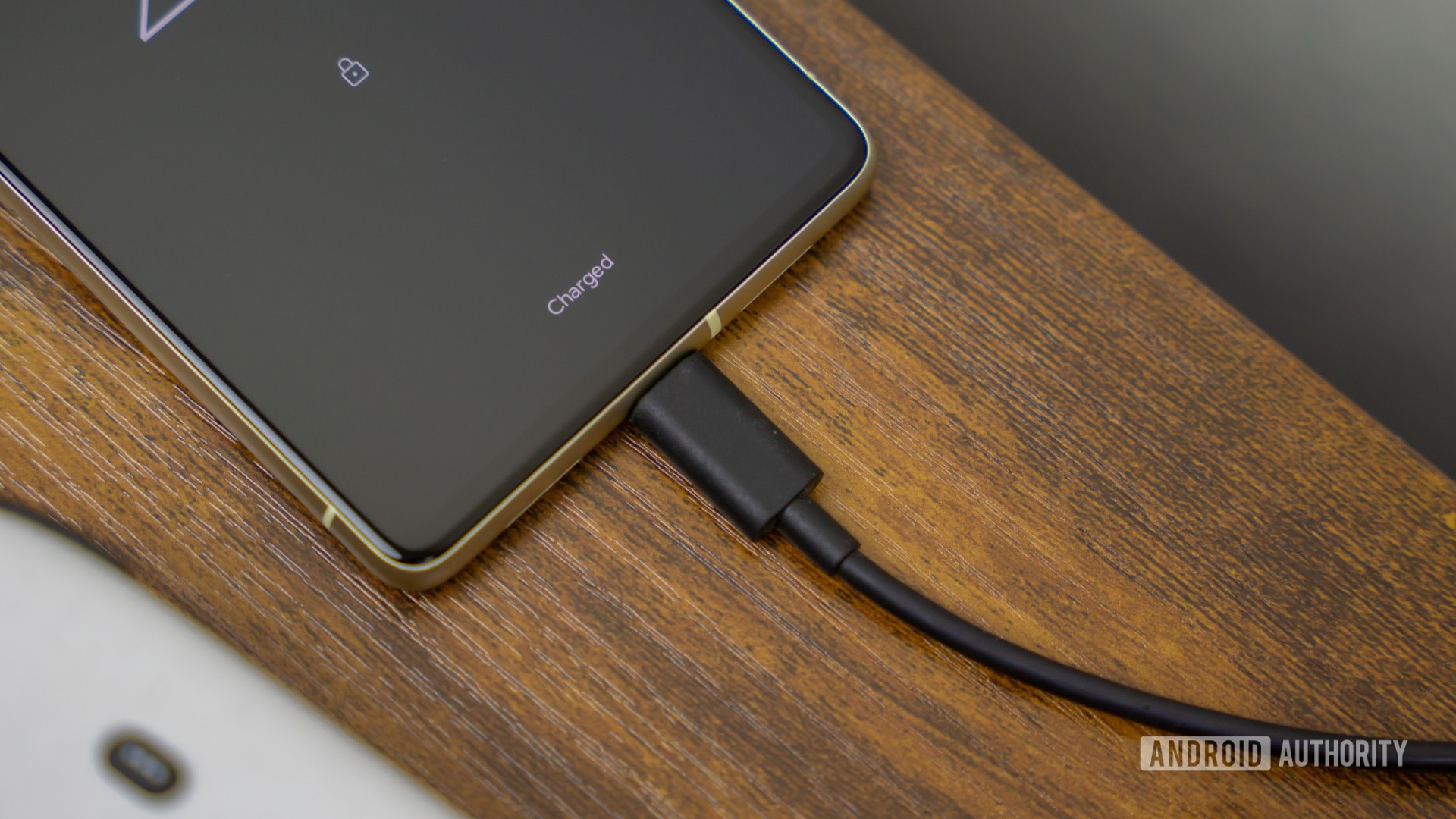Affiliate links on Android Authority may earn us a commission. Learn more.
New batteries that use water could help prevent phones from blowing up

Sometimes, your smartphone can get very hot due to its battery. As we have seen, there have been many times when phone batteries have gotten so hot that they actually explode or catch fire. The worst such example came in 2016, when issues in the design of the Samsung Galaxy Note 7 caused many of those phones to blow up, and resulted in a worldwide recall of that major flagship.

Since then, many smartphone owners have become more aware of batteries, and the potential for them to overheat. This week, a team of researchers published a paper in the journal Joule that presented a possible solution for this issue. In short, it’s all about water.
Smartphones use lithium-ion batteries, which have electrolytes inside that help to move ions between electrodes. The problem is that these electrolytes are made of organic chemicals, and as we have seen, they could ignite under certain conditions. The research team’s paper describes a form of lithium-ion battery that uses water in place of organic compounds. Unlike other similar solutions, which don’t offer as much battery power, this team claims its design allows its water-based electrolyte to generate the same amount of power as its chemical counterpart, or about four volts.
The team has also designed the battery so that the electrodes inside have a coating that won’t degrade with the use of a water-based electrolyte. However, there is still one issue with this battery. The team admits that it can only be used for about 70 cycles. The typical battery used in phones should last much longer; the typical minimal limit is at least 500 cycles. Obviously, this is a big hurdle that the research team will need to jump over.
Hopefully, the team will come up with a solution for this obstacle, and soon. If they can, we may see smartphones with much safer water-based batteries inside in the near future. In the meantime, have you become more aware of your phone’s battery, and how hot it can get even with normal use? Let us know your thoughts in the comments!